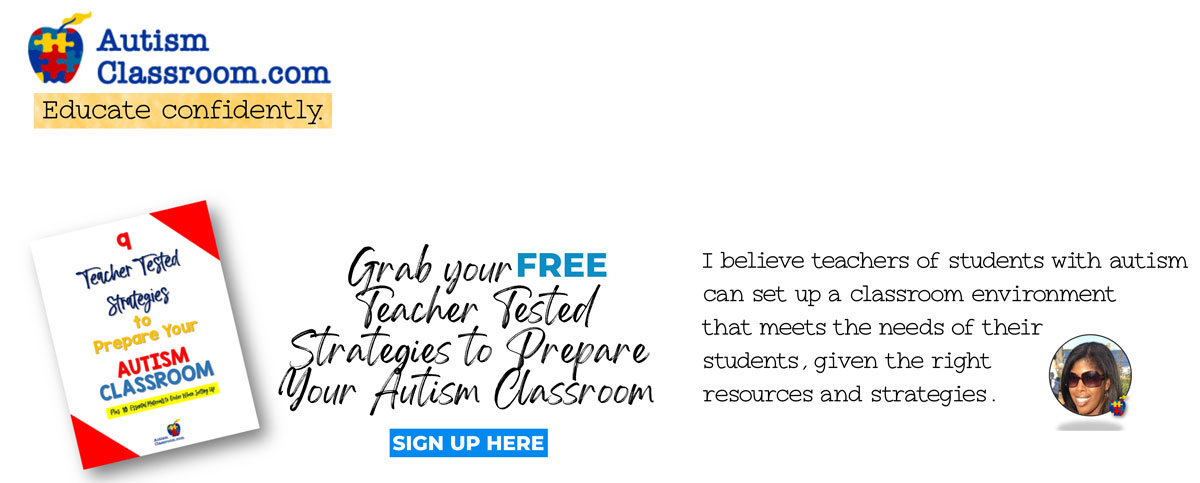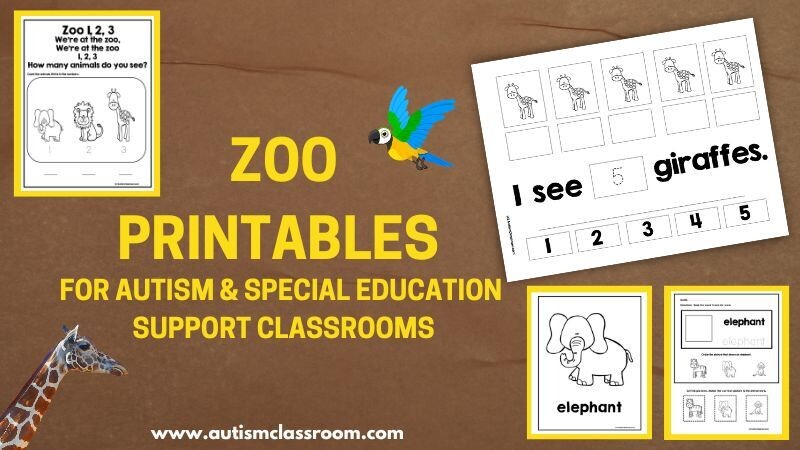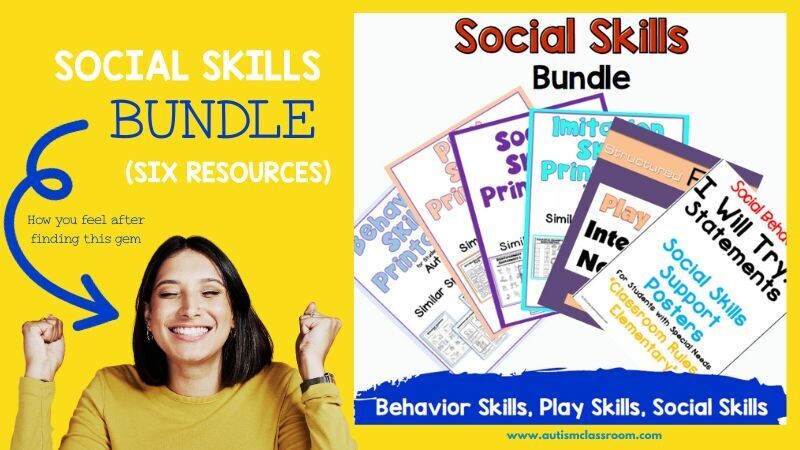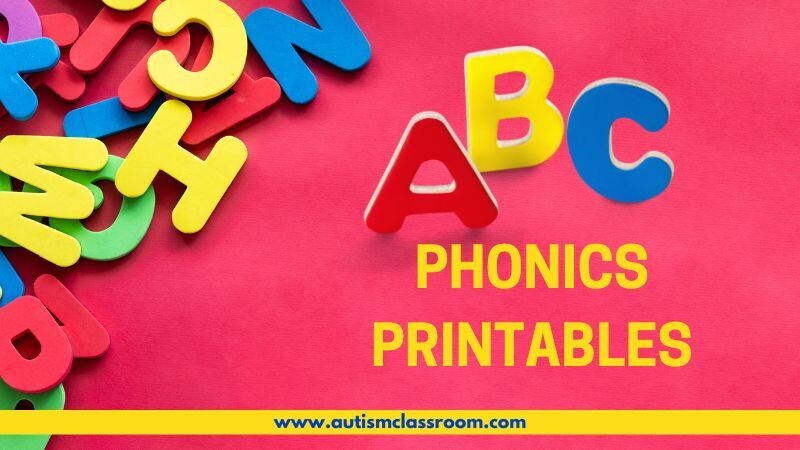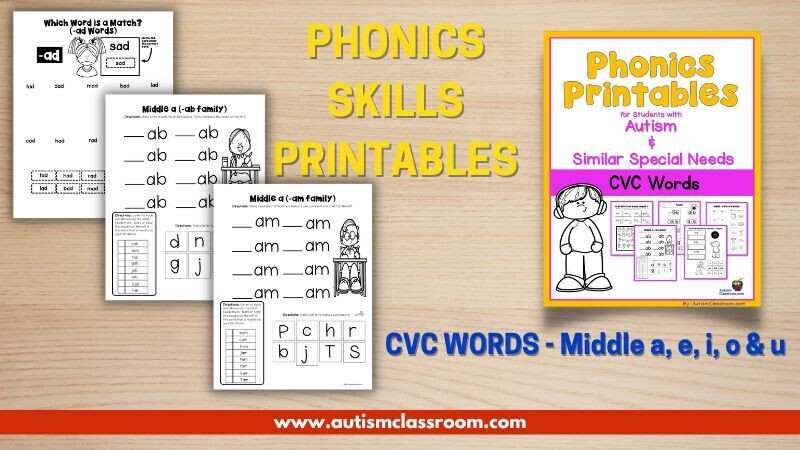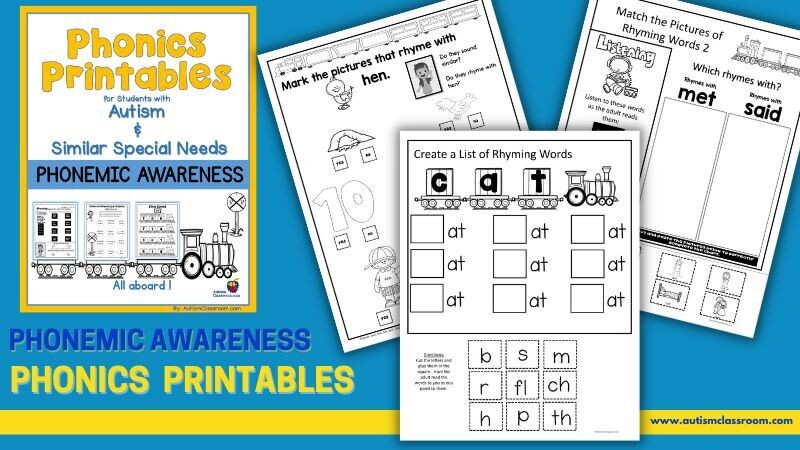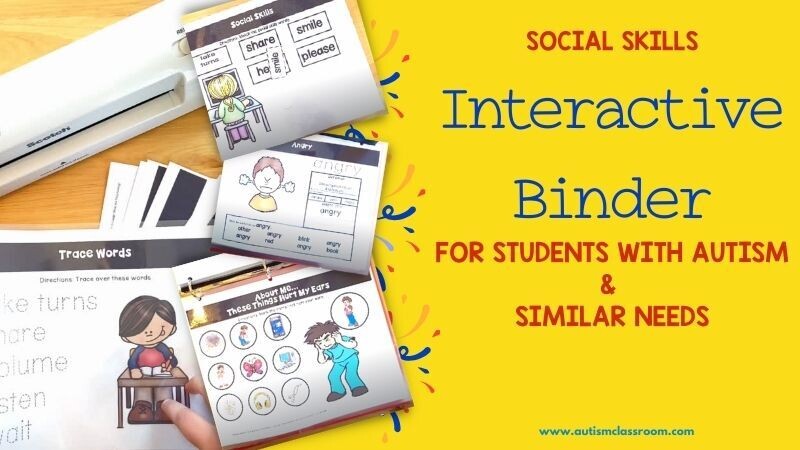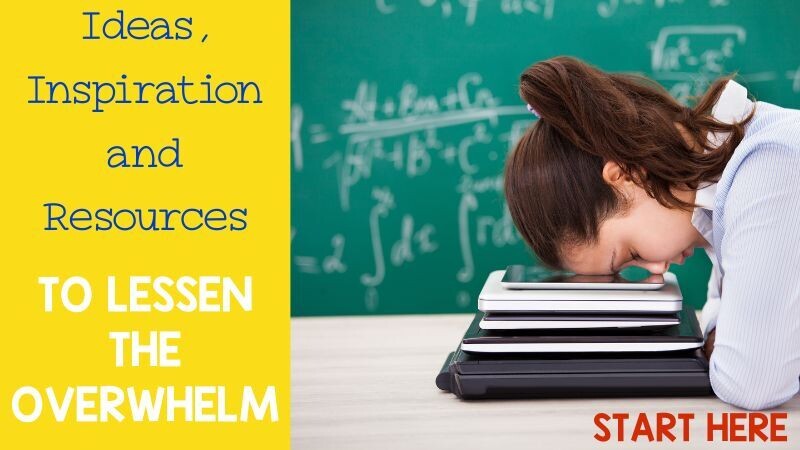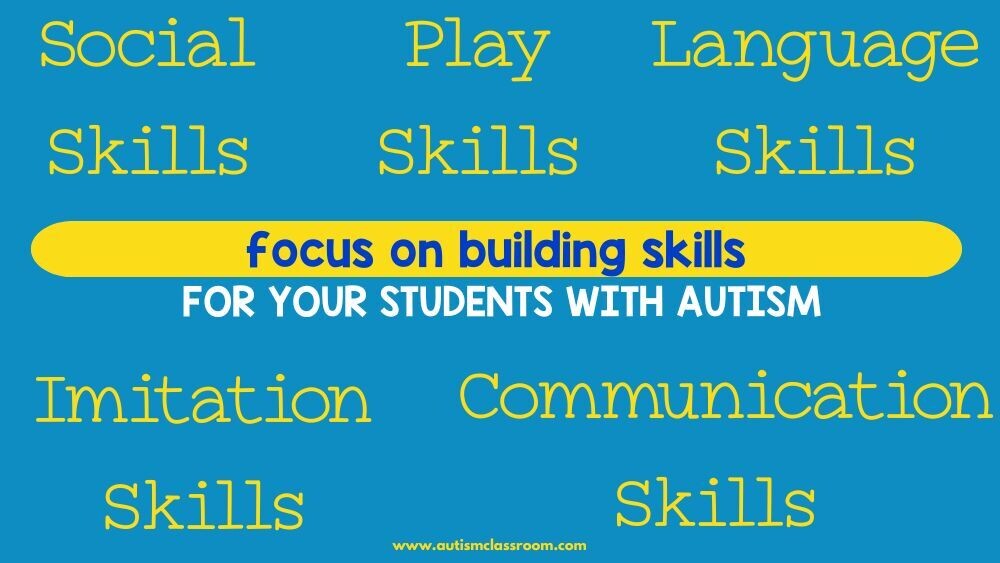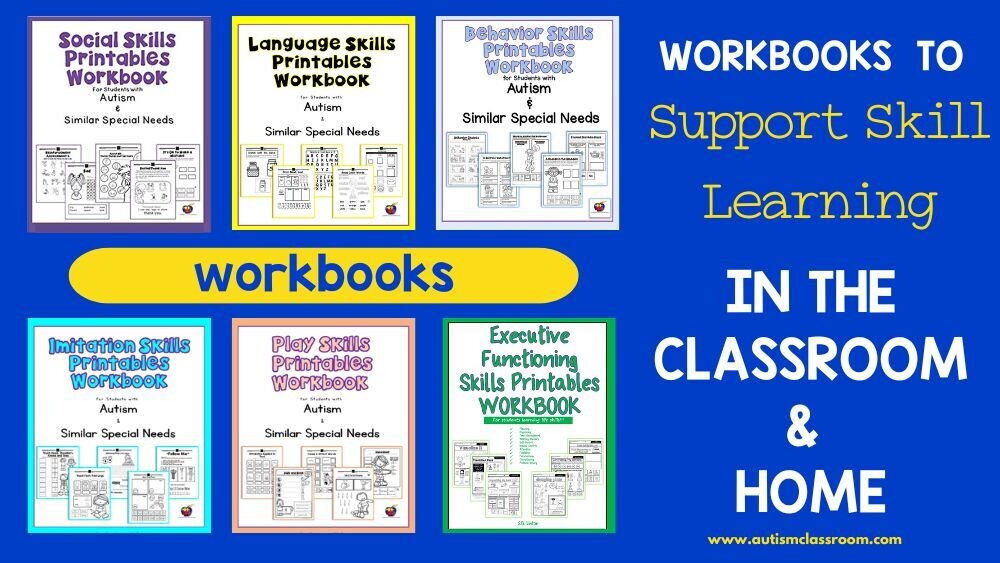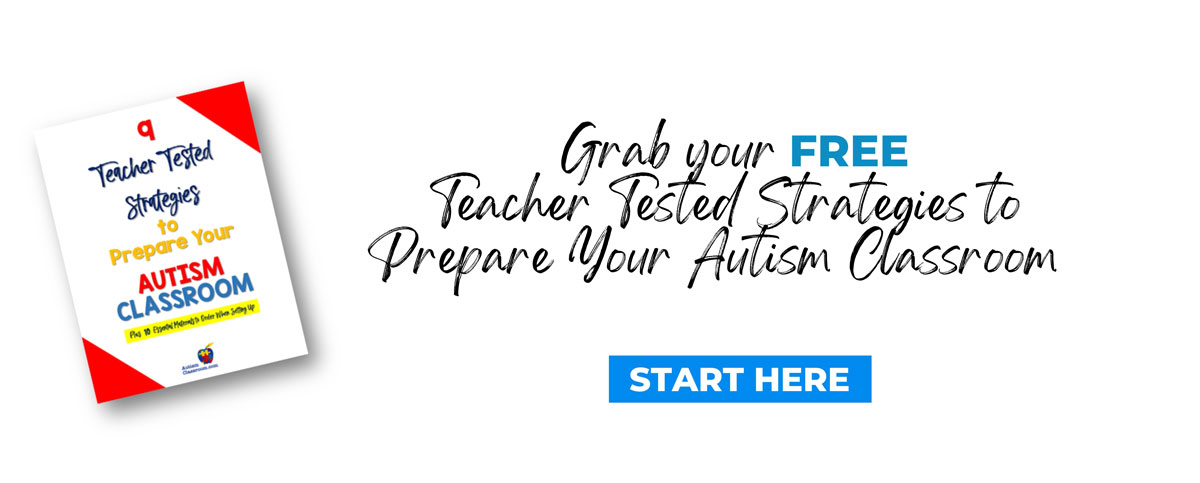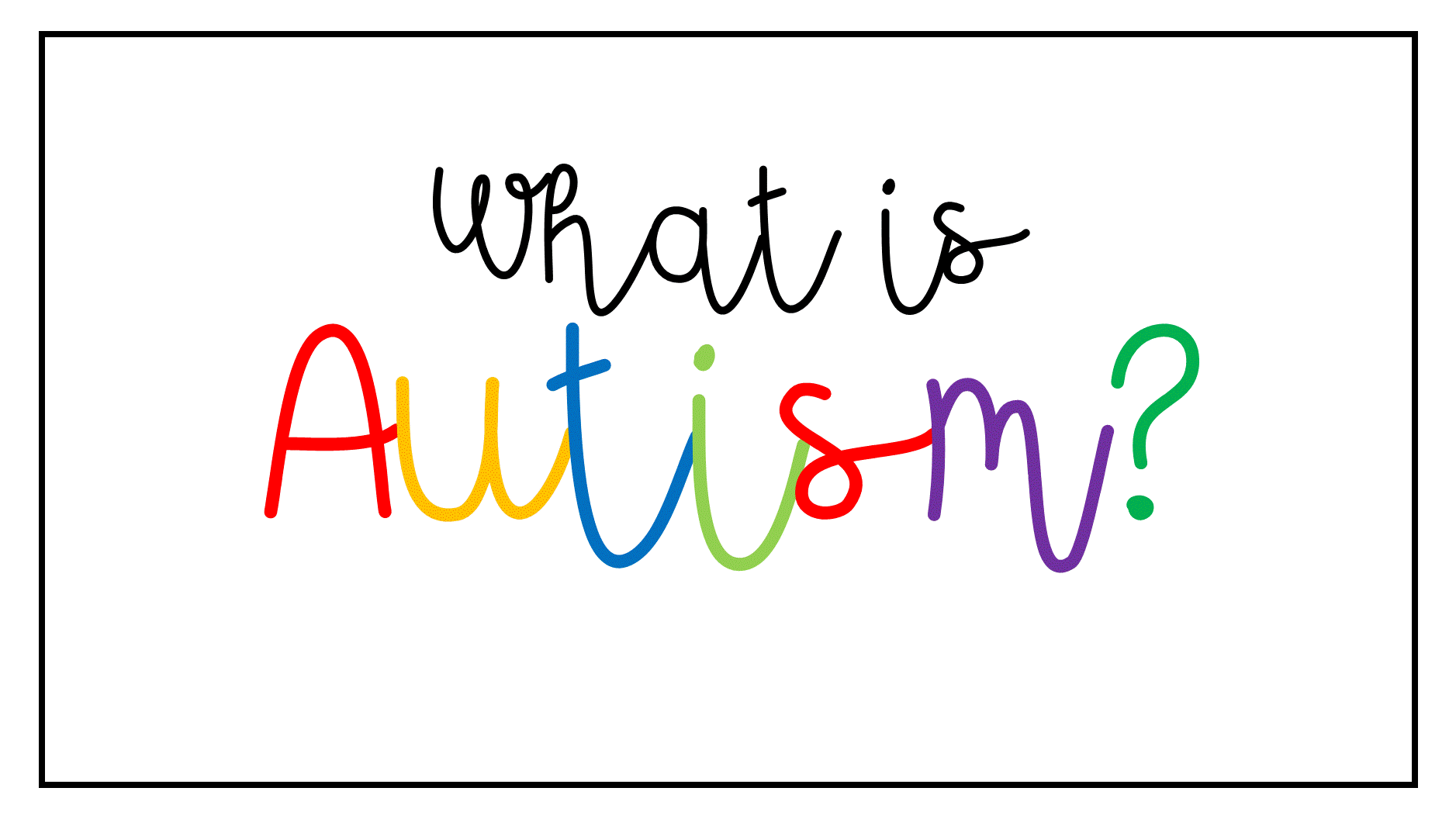
“Autism is a developmental disability that typically appears during the first three years of life. The result of a neurological disorder that affects functioning of the brain, autism and its associated behaviors occur in approximately 1 out of 88 children.
Autism is four times more prevalent in boys than girls and knows no racial, ethnic or social boundaries. Family income, lifestyle and educational levels do not affect the chance of autism’s occurence.
Autism interferes with the normal development of the brain in the areas of reasoning, social interaction and communication skills. Children and adults with autism typically have deficiencies in verbal and non-verbal communication, social interactions and leisure or play activities. The disorder makes it hard for them to communicate with others and relate to the outside world. They may exhibit repeated body movements (hand flapping, rocking), unusual responses to people or attachments to objects and resist any changes in routines. In some cases, aggressive and/or self-injurious behavior may be present.
It is conservatively estimated that nearly 400,000 people in the U.S. today have some form of autism. Its prevalence rate now places it as the third most common developmental disability – more common than Down’s syndrome. Yet the majority of the public, including many professionals in the medical, educational, and vocational fields are still unaware of how autism affects people and how to effectively work with individuals with autism.”
-Autism Society of America
